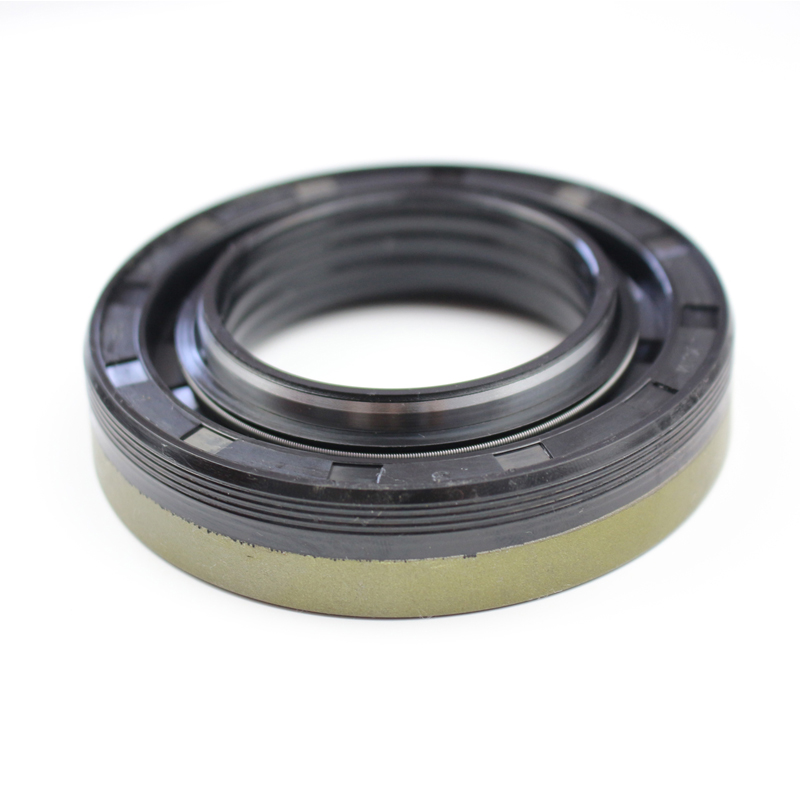Understanding the Function and Importance of Mechanical Shaft Seals in Industrial Applications
Understanding Mechanical Shaft Seals A Comprehensive Overview
Mechanical shaft seals are crucial components in various industrial applications, ensuring the integrity and longevity of machinery by preventing fluid leaks and protecting internal elements from contamination. These seals are employed in a wide array of industries, including automotive, aerospace, oil and gas, and manufacturing, where rotating shafts need to be sealed effectively.
The Function of Mechanical Shaft Seals
The primary function of a mechanical shaft seal is to retain lubricants within a machine while keeping contaminants such as dust, dirt, and water out. In many cases, the seal has to withstand not only pressure differences but also environmental factors that could compromise its effectiveness. Mechanical shaft seals operate under dynamic conditions, which means they need to maintain their sealing ability despite the constant movement of the shaft.
Types of Mechanical Shaft Seals
There are several types of mechanical shaft seals, each designed for specific applications
. The most commonly used types include1. Lip Seals These use a flexible lip that makes contact with the shaft to prevent fluid leakage. They are easy to install and maintain but may not tolerate high speeds or temperatures well.
2. Mechanical Seals Comprising two faces that are held together by springs, mechanical seals are commonly used in pumps and compressors. They provide a very effective seal against high pressures and are suitable for a wide range of fluids.
3. Gland Packings These consist of braided fiber materials that are packed around the shaft. While they are versatile and can be effective in many applications, they require more maintenance compared to other sealing types.
mechanical shaft seal

4. O-Ring Seals O-rings are simple circular seals placed in a groove around the shaft. They are widely used for their reliability and ease of installation but may not be suitable for high-pressure applications without additional support.
Key Considerations for Choosing Mechanical Shaft Seals
When selecting a mechanical shaft seal, several factors need to be taken into account
- Operating Conditions Temperature, pressure, and the type of fluid being sealed significantly influence seal performance. Some seals are designed for high temperatures, while others are better suited for low-pressure environments.
- Material Compatibility The seal material must be compatible with the medium being contained. For instance, seals made from rubber may be suitable for oil but could degrade in the presence of certain chemicals.
- Shaft Speed The speed at which the shaft rotates can affect the seal's performance. Mechanical seals are typically better suited for high-speed applications compared to lip seals.
- Installation and Maintenance Ease of installation and maintenance requirements are crucial. Some seals can be installed quickly and require minimal upkeep, while others might need regular inspections and adjustments.
Conclusion
Mechanical shaft seals are essential for ensuring the efficient operation of machinery across various industries. Understanding the different types of seals, their functions, and the factors influencing their performance allows engineers and maintenance professionals to make informed decisions when selecting seals for their specific applications. By choosing the right mechanical shaft seal, businesses can minimize downtime, reduce maintenance costs, and enhance the overall reliability of their machinery. As technology continues to evolve, the designs and materials used in mechanical shaft seals are likely to improve, providing even better solutions for sealing challenges in the industrial landscape.
-
Understanding Automotive Oil Seals: Essential Components for Engine and Shaft Protection
News Jul.30,2025
-
The Importance of Heavy Duty Seals in Industrial and Residential Applications
News Jul.30,2025
-
Exploring Industrial Oil Seals: From Felt Oil Seals to TTO and CFW Solutions
News Jul.30,2025
-
Essential Guide to Oil Seals: From Radial to Metal-Cased Seals for Industrial Reliability
News Jul.30,2025
-
Choosing the Right Oil Seals and Gaskets for Industrial and Automotive Applications
News Jul.30,2025
-
Cassette Seals: Durable Sealing Solutions for Harsh Environments
News Jul.30,2025
-
Understanding the Front Main Engine Seal: Purpose, Maintenance, and Installation
News Jul.29,2025
Products categories















